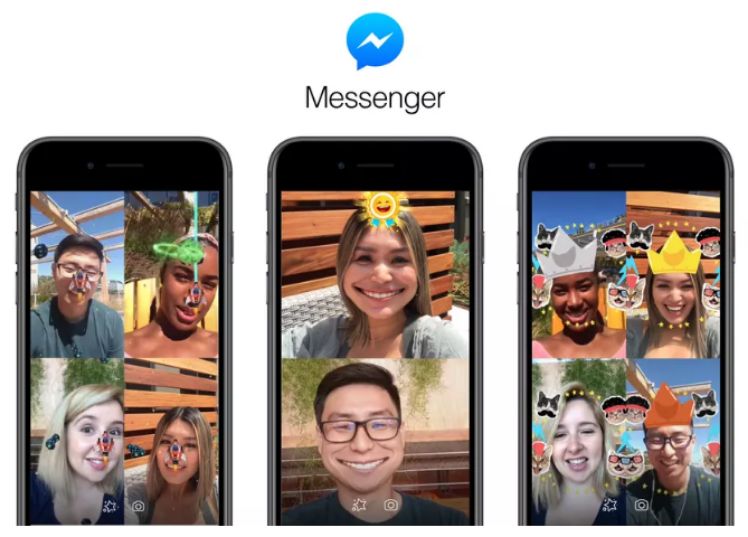In today’s digital age, social networks have transcended their initial role as mere platforms for communication and information sharing. They have evolved into vibrant virtual worlds that seamlessly integrate into our daily lives. On average, individuals spend around two hours and 23 minutes per day on social networks, engaging in a range of activities including social interactions, professional tasks, personal development, hobbies, and shopping. Given their pervasive presence, it’s no wonder that companies have migrated to these platforms, with many utilizing social media profiles as primary business hubs.
The Pervasiveness of Social Networks
Social networks have fundamentally altered how we interact with others and conduct business. These platforms eliminate geographical barriers, facilitate swift responses to user queries, and enhance communication between businesses and their audiences. However, with the overwhelming amount of content consumed daily, standing out on social media has become more challenging.
Each social network offers a unique atmosphere, audience, and set of tools. Some platforms prioritize written content, while others emphasize impactful visuals or well-crafted videos. As a result, individuals and brands must strategically choose which platforms and formats best suit their needs. Major brands often maintain a presence across multiple platforms, while individual creators may focus on two or three key sites.
The Rise of Augmented Reality (AR) in Social Media
Augmented reality (AR) is revolutionizing how users and businesses engage on social media. Originally popularized by platforms like Snapchat with its “Lenses” feature, AR has since been adopted by other major players. Facebook introduced “Facebook Camera Effects,” allowing users to create and share AR filters across Facebook and Instagram. Instagram’s AR effects for stories have added interactive elements like masks, stickers, and filters, enhancing user creativity and engagement.
However, AR’s potential extends far beyond filters and effects. From games and entertainment to education and advertising, AR offers diverse applications. Platforms like MyWebAR make it easy for users to incorporate AR into their social media posts, providing a tool to create engaging and interactive content without requiring complex technical skills.
Leveraging AR for Social Media Content
Creating AR content for social media can significantly enhance user engagement. Here’s how you can effectively build and share AR-based content:
- Image and QR Code
- Create a Captivating Post: Use an eye-catching image to draw attention. Include a QR code that users can scan to access augmented reality content.
- Explain AR Activation: Clearly instruct users on how to activate the AR experience. For instance, you might include a caption like, “Scan the QR code to see an interactive AR experience!”
- Link Inside the Post
- Direct Access: Use MyWebAR’s capability to integrate AR through links. Include a brief explanation of what users will experience, such as a game or animation, and add a screenshot to illustrate it.
- Handle Platform Restrictions: Some social networks may limit hyperlink visibility. To address this, place the link in the post’s comments or use a call-to-action to direct users to the link.
- Video with a Link
- Embed AR in Videos: Platforms like YouTube and TikTok are video-centric. You can include clickable links in video descriptions or directly in the video. Embed QR codes in the video for users to scan.
- Showcase and Guide: Demonstrate the AR experience in your video and guide viewers on how to access it. Mention that additional links can be found in the description or comments.
- Gallery with QR Code for Multi-Scenes
- Create a Multi-Scene Experience: Design a carousel or gallery post with multiple images. Add AR scenes to these images, using a single QR code for activation.
- Enhance Discoverability: Place QR codes on each image to ensure that users can access AR content even if they encounter individual images in searches.
The Future of AR in Social Media
As AR technology continues to evolve, its applications in social media will expand further. Expect innovative tools and creative possibilities that will continue to transform how we interact with digital content. By incorporating AR into your social media strategy, you can stand out in the crowded digital landscape and achieve your marketing goals more effectively.
In summary, AR is more than just a novelty; it’s a powerful tool that enhances engagement and creativity in social media. As platforms and technologies advance, the potential for AR in social networks will only grow, offering exciting new ways to connect with audiences and build impactful content.
